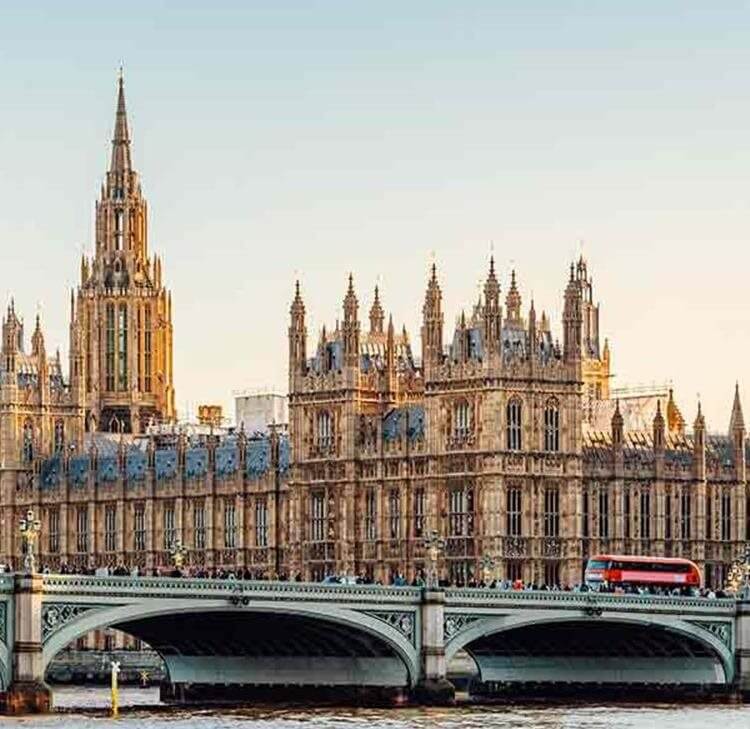Economic activity for the purposes of the Subsidy Control Act 2022
When carrying out a mix of activities it can be less clear if it is 'economic'. We look at the impact on local authorities & charities.
In July the long-awaited statutory guidance on the Subsidy Control Act 2022 was published in draft form. Following a short consultation period, which closed on the 10 August, there maybe changes before the final version is published, however, many authorities (especially those applying for funding through the various centrally controlled funding schemes such as the Levelling Up Fund) need to understand how to apply the Act in advance of its coming into full force later this year and will find the Draft Guidance invaluable.
This is the first in a series of articles in which we look at the new regime under the Act and the Draft Guidance and consider their impact.
Is it ‘economic?’
The question as to whether or not an entity is carrying out an economic activity is, in many cases, one of the deciding factors in determining whether providing public support to that entity gives rise to a subsidy. If it can be said that the entity is not carrying out economic activity, then it is not an ‘Enterprise’ and no subsidy will arise.
This is very clear in some cases — most businesses are clearly enterprises, and many other organisations, such as community groups, are not. But in the case of entities carrying out a mix of activities, notably local authorities, voluntary sector organisations and charities, the position is less clear.
The Act introduced a new provision — s.7(2) — which provides that “an activity is not to be regarded as an economic activity if or to the extent that it is carried out for a purpose that is not economic.”
In the absence of further guidance or judgments on this provision, it would be necessary to simply consider the purpose of the beneficiary in carrying out the activity. There is a clear parallel with the ‘primary purpose’ test discussed in R (Peters) v Haringey London Borough Council [2018] EWHC 192 Admin. In that case, the court considered whether a local authority was acting for a commercial purpose within the meaning of s.4(2) of the Localism Act 2011, which requires that where a local authority acts for a commercial purpose, it must do so through a company. The court found that as the local authority’s motive for entering into a transaction was not commercial, then the transaction itself would not be seen as commercial, even if it were profit making.
If that is correct, then it appears to give rise to an argument that where an entity’s motivation for carrying out an activity is not commercial, even if the activity is profit making, the entity should not be considered to be an enterprise and the relevant activity may receive public support without this giving rise to a subsidy control issue.
However, in Peters v Haringey, the primary purpose test was considered in relation to a local authority which clearly had public policy objectives to pursue and whose primary business is not ‘economic’. It is not clear how the test would be applied in the case of a commercial entity where the drivers for undertaking any activity, including ostensibly non-economic activity, are much more likely to be profit-driven and therefore, at some level, economic. Similarly, it is not clear how this will apply to charities and voluntary sector organisations, which often undertake a range of economic and non-economic activities but with the overarching objective of furthering their charitable or other public service purpose.
The Draft Guidance does little to clarify this issue, essentially setting out an approach to economic activity which is reflective of the approach under the state aid regime. However, the provisions of s.7(2) of the Act appear to go further than this and suggest a different approach, which could be interpreted as meaning that where any entity does something for a purpose which is not economic, even if the wider activities of the entity are economic and the activity itself is profit making, then it will not be acting as an enterprise and may therefore receive public support without a requirement to consider the subsidy control rules.
This interpretation seems very broad and could lead to a situation where public money is provided towards the ‘non-economic’ activities of commercial operators in circumstances where application of the subsidy control principles in the Act might suggest that a subsidy would not be appropriate (for example, because the recipient could afford to fund these activities itself). The approach taken in the Draft Guidance would appear to confirm that this is not the intention of s.7(2), in that the Draft Guidance provides that where support is provided in relation to non-economic activity, this would not amount to a subsidy, provided that the support is ring-fenced so that it cannot cross-subsidise economic activities. Nevertheless, this is not explicit and means that the purpose of s.7(2) is unclear. If (as the Draft Guidance suggests) the approach to identifying whether an entity is an economic actor is the same as the established position under the state aid rules, what does s.7(2) do?
It seems to us that s.7(2) could give comfort to public authorities that unless they are acting for a clearly commercial purpose, their receipt of public support will not give rise to a subsidy. This is particularly relevant to local authorities receiving support through centrally administered funding pots for infrastructure projects where the authority will construct infrastructure which could be built commercially but, due to market failures, will not happen without public support. In these cases, being able to rely on s.7(2) means that authorities do not have to carry out a lengthy and detailed analysis of the subsidy control principles for these types of projects which are carried out for their regeneration and job creation benefits. However, if the intention is that a wider range of entities (for example, charities or voluntary sector organisations) should be able to benefit from s.7(2), this should be clarified. The publicly funded activities carried out by such organisations often fall within the category of Services of Public Economic Interest or are otherwise in accordance with the Subsidy Control Principles, but obtaining the legal advice necessary to confirm the subsidy control compliance of small projects carried out by charities and VSOs can often be disproportionate to the value of the project. Being able to rely on s.7(2) may simplify the process. This might be done by considering the balance of economic and non-economic activities carried out at the level of the entity itself, as well as the relevant activity and setting a threshold below which the entity will not be considered to be an enterprise.
As it stands, the purpose of s.7(2) is not clear and, to the extent that it is intended to simplify the subsidy control regime for entities which are broadly carrying out non-economic activity, the benefits of this are unlikely to be realised.
Contact

Angelica Hymers
Principal Associate
angelica.hymers@brownejacobson.com
+44 (0)115 976 6092








































